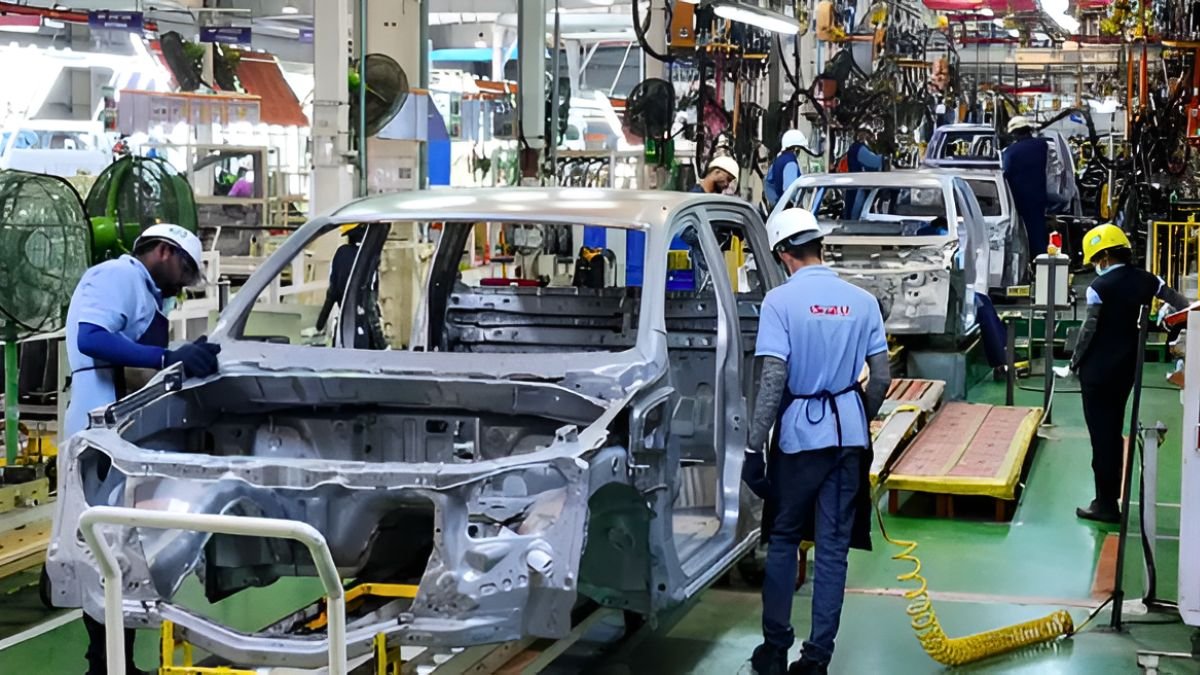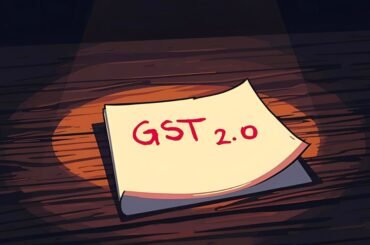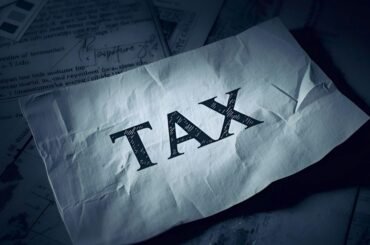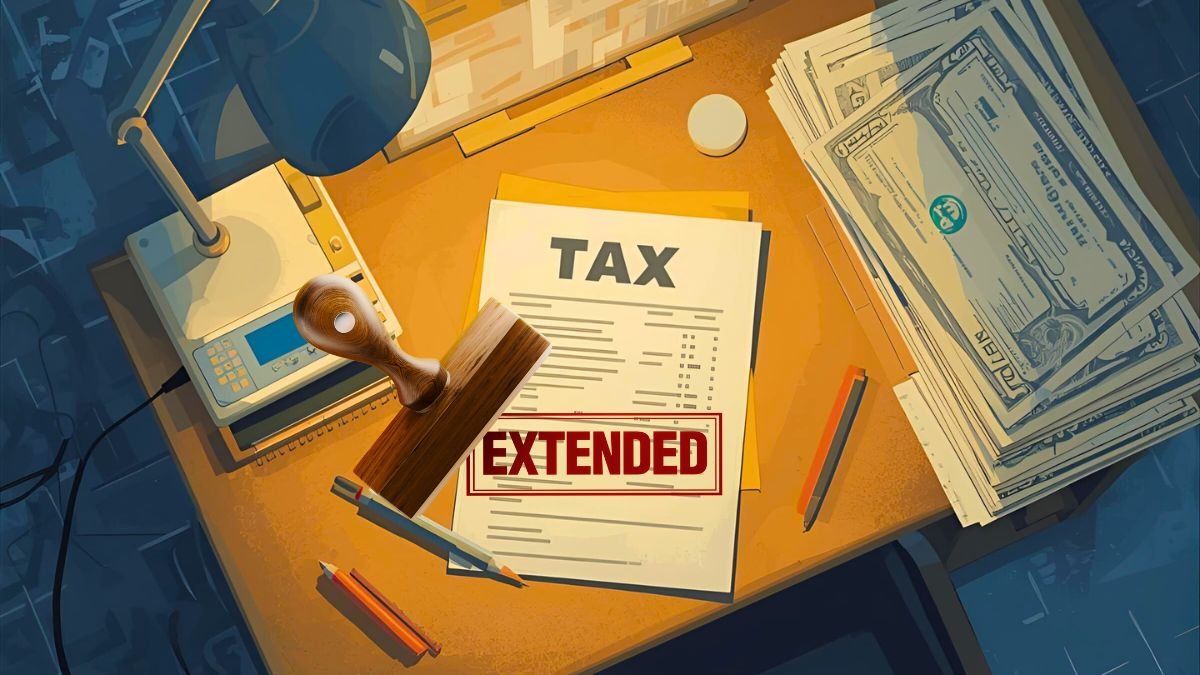The Indian government is preparing a major overhaul of the Goods and Services Tax (GST) that could make everything from cars and mobile phones to household items significantly cheaper. The proposed changes, which Prime Minister Narendra Modi described as a “next-generation GST” during his Independence Day address, aim to simplify the tax structure and boost consumption.
The new framework will be confirmed after the GST Council meets in September. While the rationalisation could lead to a revenue loss of nearly ₹50,000 crore, officials expect higher consumer demand to balance out the shortfall.
Fewer GST Slabs, Lower Rates
According to government sources, the revised GST may move towards just two primary slabs: 5% and 18%. Goods currently taxed at 12% and 28% are likely to be shifted into these categories.
- Around 90% of products taxed at 28% could be reduced to 18%.
- Many goods in the 12% category may move to 5%, especially daily-use essentials.
- A separate 40% ‘sin tax’ will apply to items like tobacco products, which already attract high levies.
Industries such as diamonds and precious stones, which are labour-intensive and export-driven, will likely continue under existing tax rates. Petroleum products, meanwhile, will remain outside the GST framework.
What Could Get Cheaper?
Daily-use goods are expected to benefit the most, though the exact list is still being finalised. Items that may see lower GST include:
- Toothpaste, umbrellas, pressure cookers, sewing machines, and small washing machines
- Bicycles, readymade garments (above ₹1,000), footwear (₹500–1,000), and vaccines
- Ceramic tiles, agricultural tools, hair oil, processed foods, and school stationery (geometry boxes, notebooks)
- Mobile phones and computers, considered essential in today’s digital economy
This move could provide much-needed relief to households while encouraging higher consumer spending.
What Stays at 18%?
Big-ticket consumer durables and construction-related goods are expected to fall under the 18% GST slab. Likely inclusions are:
- Televisions, refrigerators, air conditioners, and large washing machines
- Aerated drinks and ready-mix concrete, cement, and other building materials
Big Relief for Cars and Bikes
Currently, passenger vehicles face a 28% GST plus compensation cess up to 22%, depending on the type and engine size. Two-wheelers also attract 28%, with a small cess on larger engines.
Under the new system, with the 28% slab eliminated, cars and bikes are likely to move to the 18% bracket. This could make vehicles at least 10% cheaper, a move that has already lifted market sentiment. The Nifty Auto index surged 4.61% on Monday following these expectations.
Electric cars will continue at a lower 5% GST with no compensation cess.
Economic Impact and Global Boost
The government is betting on this GST revamp to spur consumption and accelerate economic growth. The timing is also significant: global ratings agency Standard & Poor’s recently upgraded India’s credit rating to BBB with a stable outlook, its first positive revision in nearly two decades.
This not only strengthens investor confidence but also directly counters US President Donald Trump’s controversial remark calling India a “dead economy.”
With cheaper goods, stronger demand, and an improved global rating, the new GST system could mark a major turning point for India’s economy.




